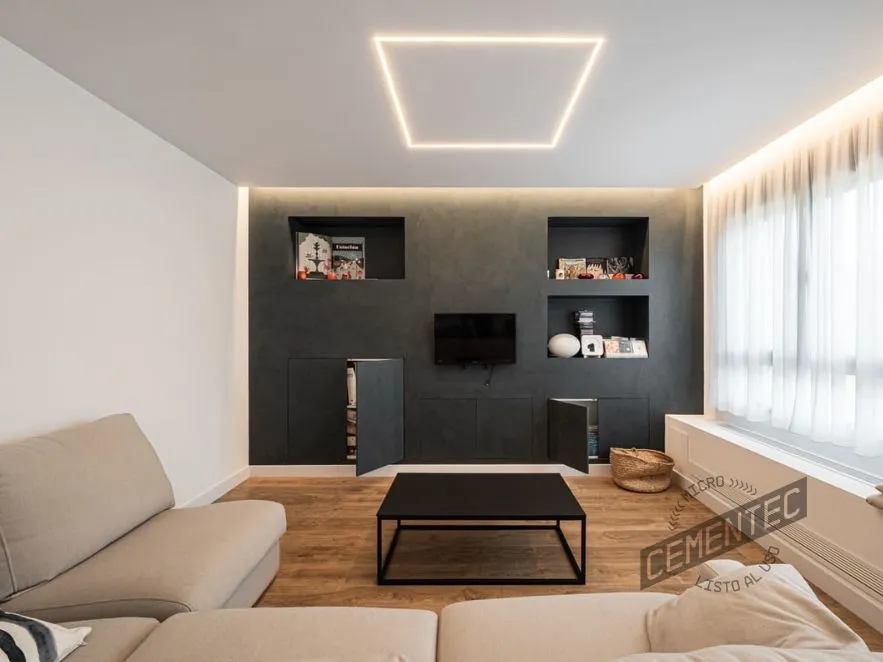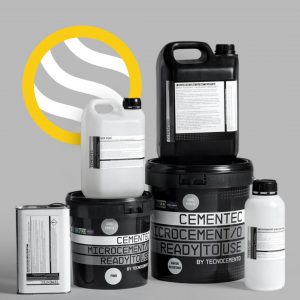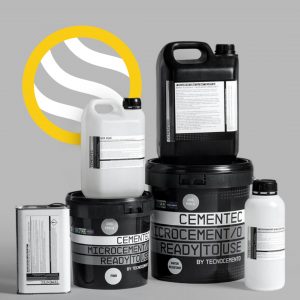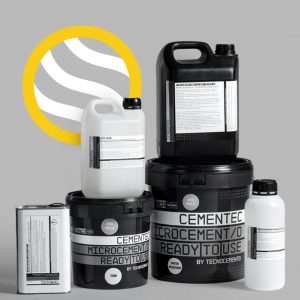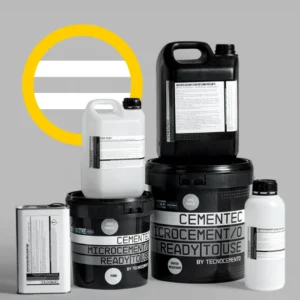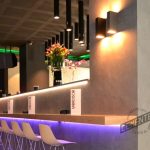Have you ever wondered how to give a modern and elegant touch to the walls of your home? Microcement could be just what you need. This material is not only aesthetically pleasing, but it also offers a number of practical advantages that make it a popular choice for wall cladding.
What is a wall covering?
Basicly, a wall covering is a material that is applied to the walls of a space to improve its appearance, protect it, or both.
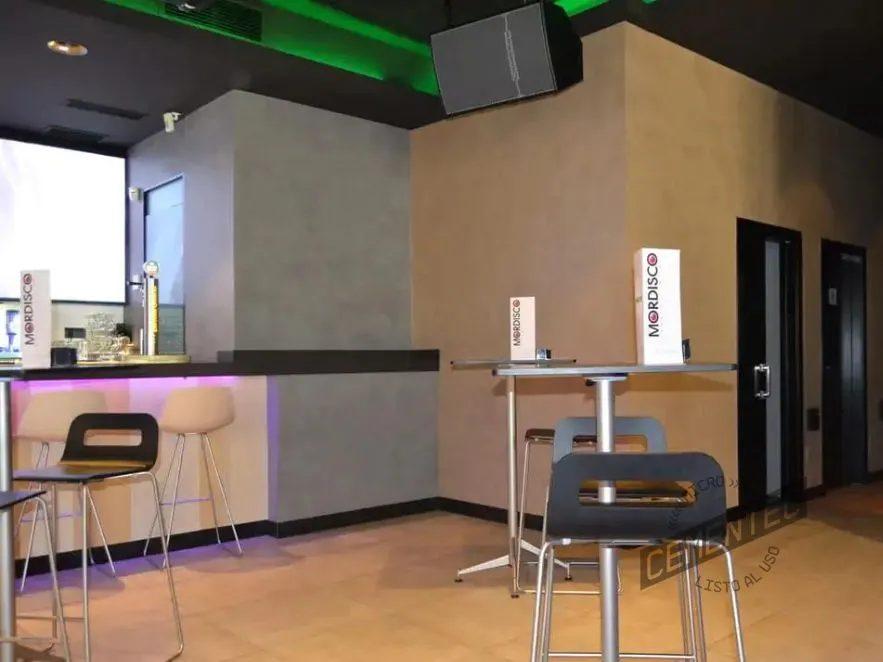
Cladding can be made of various shapes and materials, wood, stone, PVC, microcement… Each material has its own unique advantages and styles. For example, wood cladding can give a classic or rustic touch to your home, while covering your walls with microcement provides more durability as well as a modern and aesthetic touch.
Tomás Amat, architect, creative and manager of Cementec
Advantages and application methods for a satisfactory wall covering
Wall cladding not only serves an aesthetic purpose, but also a functional one. For example, it helps protect walls from moisture and wear. In addition, it is an excellent way to liven up any space in your home without the need for major works.
If you’re thinking about giving your walls a new look, here are some simple methods that we recommend you follow to cover them.
Cleaning and preparation
Ensure the surface is clean, dry, and free of imperfections. This is key for any covering, whether it’s microcement or any other material.
Material application
- Microcement: Apply a primer, followed by several thin layers of microcement. Sand between layers for a smooth and even finish.
- Vinyl: These coverings are easy to install. You just need to stick and adjust the pieces to fit the pattern.
- Wood: Place the wood panels or planks according to the manufacturer’s instructions. Use adhesives or nails as needed.
- Mosaics: Combine and adhere pieces of different shapes and colors to your wall.
Finishing and maintenance
The best surfaces for applying Cementec on walls are those that are completely smooth and do not require prior levelling, such as plasterboard or plaster.
On surfaces like tile or cement, Cementec can also be applied, but they require prior preparation. In this article, we will tell you how to cover your walls with ready-to-use Microcement step by step.
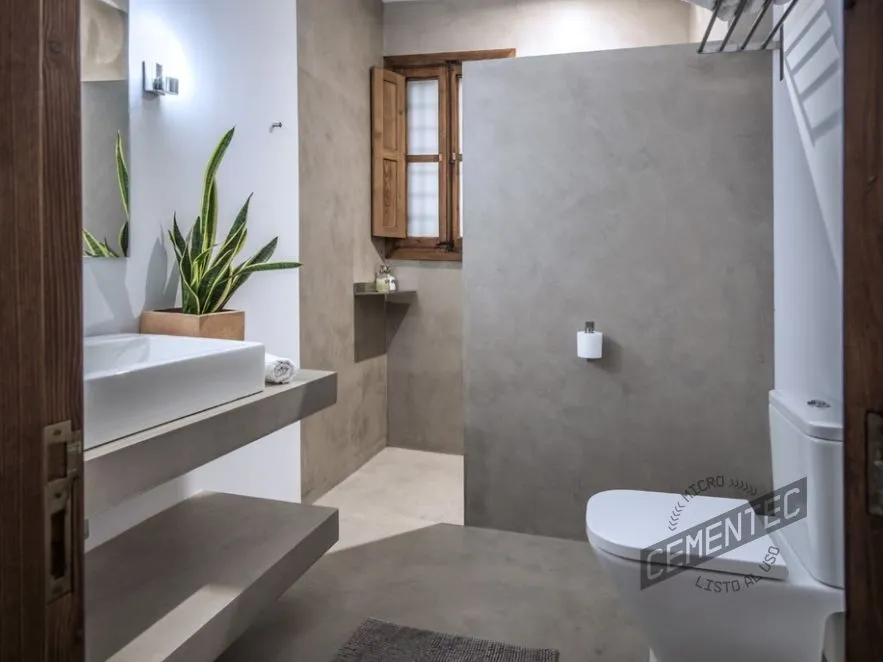
Revest of walls covering with Ready-to-use Cementec microcement
Ready-to-use microcement is a fantastic option for wall covering. It is very versatile and easy to apply at home. This material is becoming increasingly popular due to its ability to transform spaces with a continuous, joint-free finish, ideal for a modern and elegant style.
There are certain product differences (finishes) to use and recommended colours depending on the area you are working on or the styles you want to bring to your walls. Covering a kitchen is not the same as, for example, the walls of a garden.
Interior Wall covering
If you are looking to cover interior walls with microcement, there are various finishes and colors that can adapt to any style you have in mind.
Smooth Finish: Perfect for those seeking a clean and minimalist look.
This finish creates a smooth and even surface, ideal for contemporary spaces.
Textured Finish: Adds depth and character to the walls.
It is ideal for those who want a more rustic or industrial design, providing a unique and personal touch.
Vintage Finish: Achieve a “retro” result with the application of this product through a “ragging” technique.
A wall with an old wall look or an ash floor are some of the effects you can achieve with certain products and techniques.
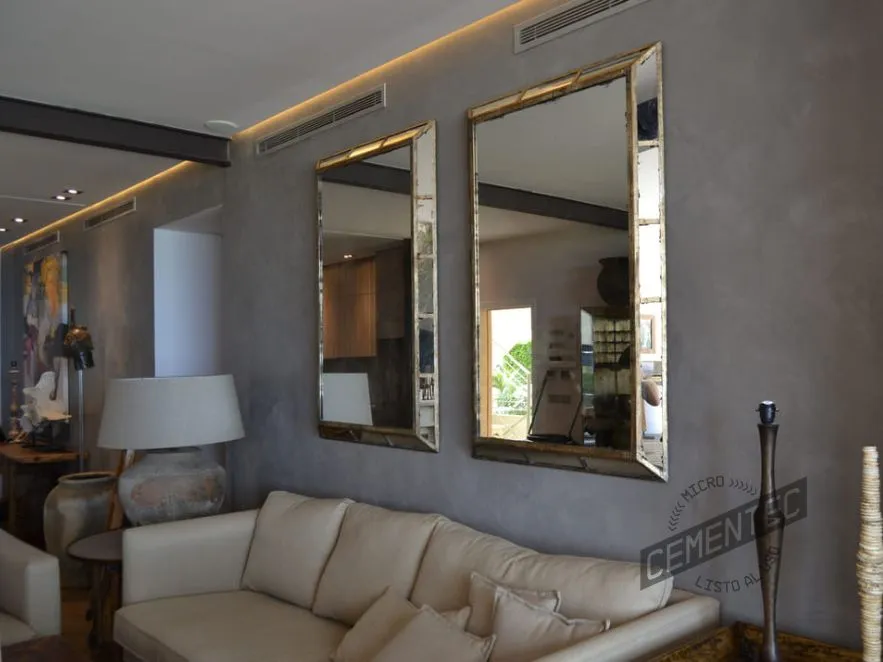
Paint colors for Interior walls covered with microcement
At Microcementec, we offer up to 16 different colours so you can customize your walls according to your style, from neutral and soft tones to vibrant and dark colours.
However, we will recommend certain colours based on decorative styles and types of homes.
Minimalist style
- Off-white: The quintessential minimalist color. It adds brightness and a sense of spaciousness, ideal for small or poorly lit spaces.
- Charcoal gray: Perfect for a sober and elegant atmosphere while maintaining simplicity.
Industrial style
- Dark gray: Complements metallic elements and aged wooden furniture, creating an urban and modern environment.
- Black: For the bold, black adds a touch of sophistication and drama, ideal for lofts and large spaces.
Nordic style
- Arctic gray: Paired with light wooden furniture and soft textiles, arctic gray creates a cozy and bright atmosphere.
- Baltic blue: Provides serenity and freshness, perfect for bedrooms and living rooms.
Rustic style
- Earth tones: Colors like sand, camel, and toffee perfectly complement natural and wooden elements of this style.
- Olive green: Adds a touch of nature, ideal for creating a countryside feel in your home.
Exterior wall cladding
If you are looking to renovate the exterior walls of your home, choosing the right cladding can make a big difference both aesthetically and economically. Here are some products and finishes available for exterior wall cladding.
- Water resistant: For those areas where water is constantly present, such as exterior walls and floors, its water-repellent properties make it ideal for outdoor use. These surfaces often face changes in temperature, humidity and rain, so this product is perfect for maintaining its strength and durability in these conditions.
- Continuity and harmony: When we create an outdoor area and we find a wall that borders this area, as in interiors, a recommended option is to apply the same microcement on this wall that has been applied to the floor, in this way we manage to increase the aesthetic reference of continuity and elegance of this space.
Paint colours for revest of walls with microcement
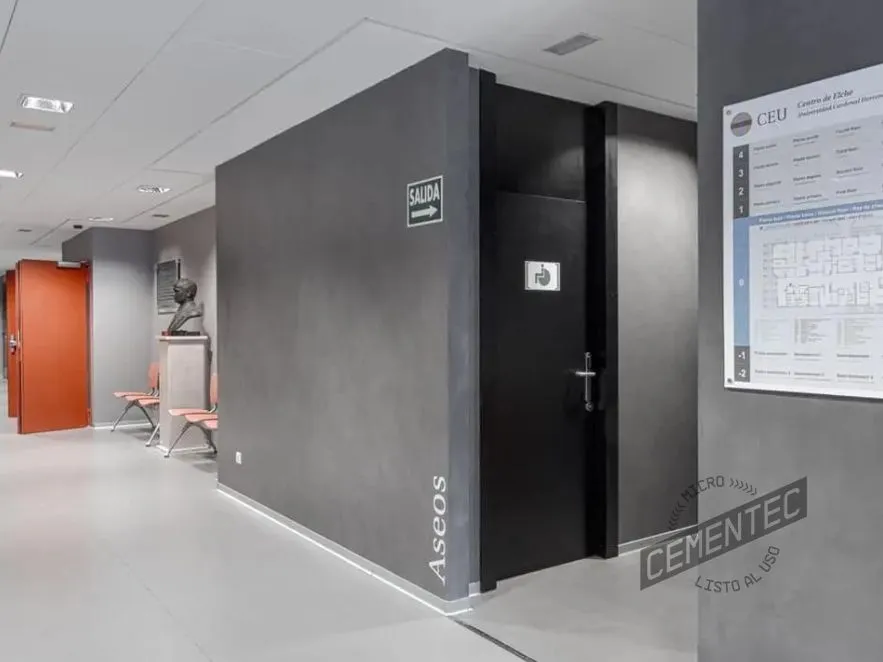
Urban apartments
- White and light grey: These colours help to reflect light and make outdoor spaces look larger and more welcoming.
Country houses
- Earth tones and beige: They perfectly complement the natural surroundings and provide a feeling of warmth and welcome.
Mediterranean style
- Turquoise blue: Evocative of the Mediterranean coasts, this colour adds freshness and vitality.
- Baltic blue: A sea colour that brings energy and a natural touch to the façade.
Conclusions
Microcement is a fantastic option for covering the walls of your home. Its durability, easy application, versatility and low maintenance make it ideal for any style and space. Whether you prefer an industrial, minimalist or rustic look, there is a style and colour of microcement that will suit your needs.
